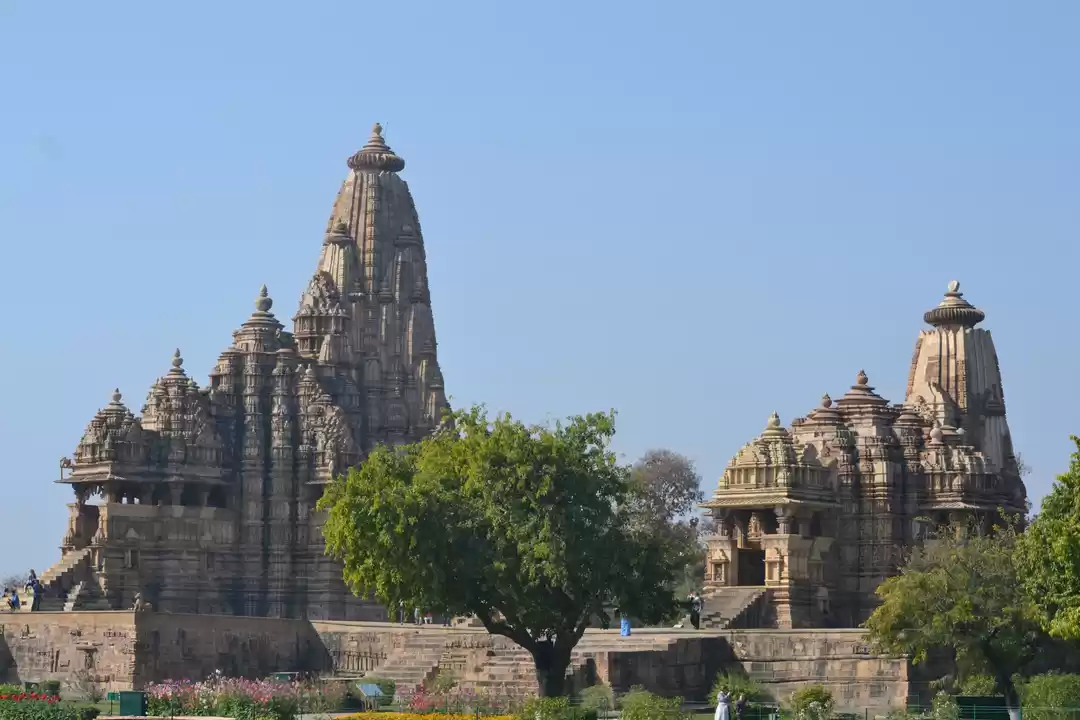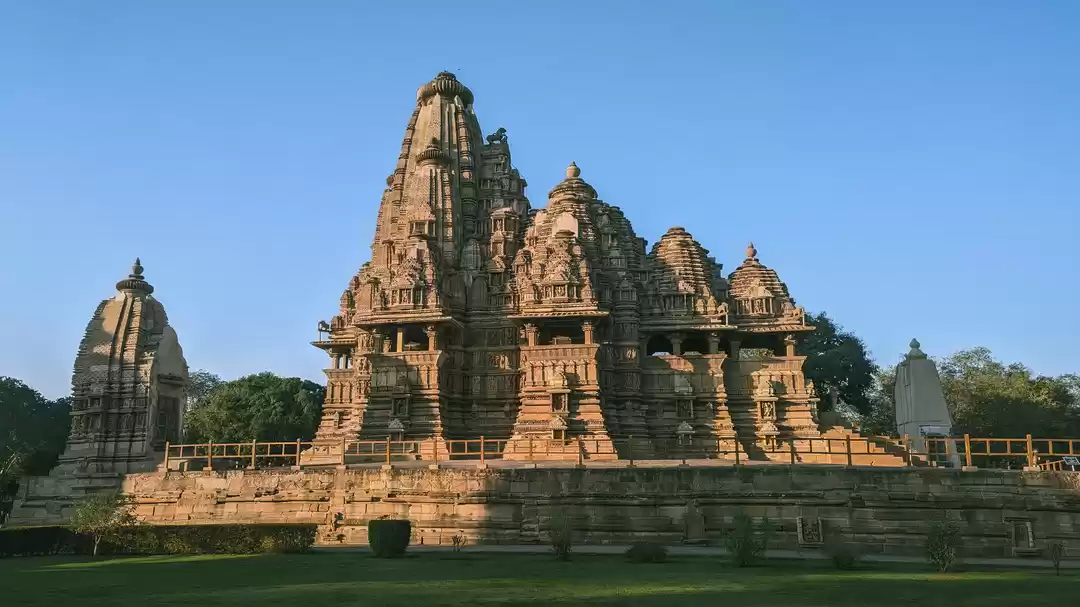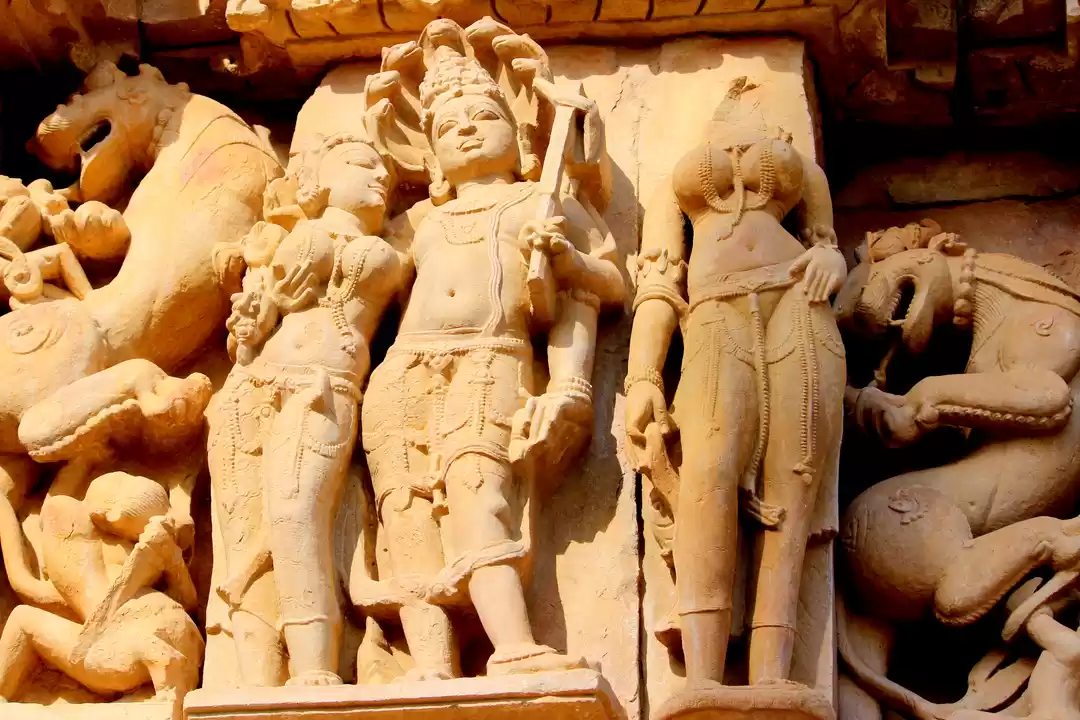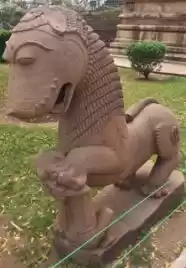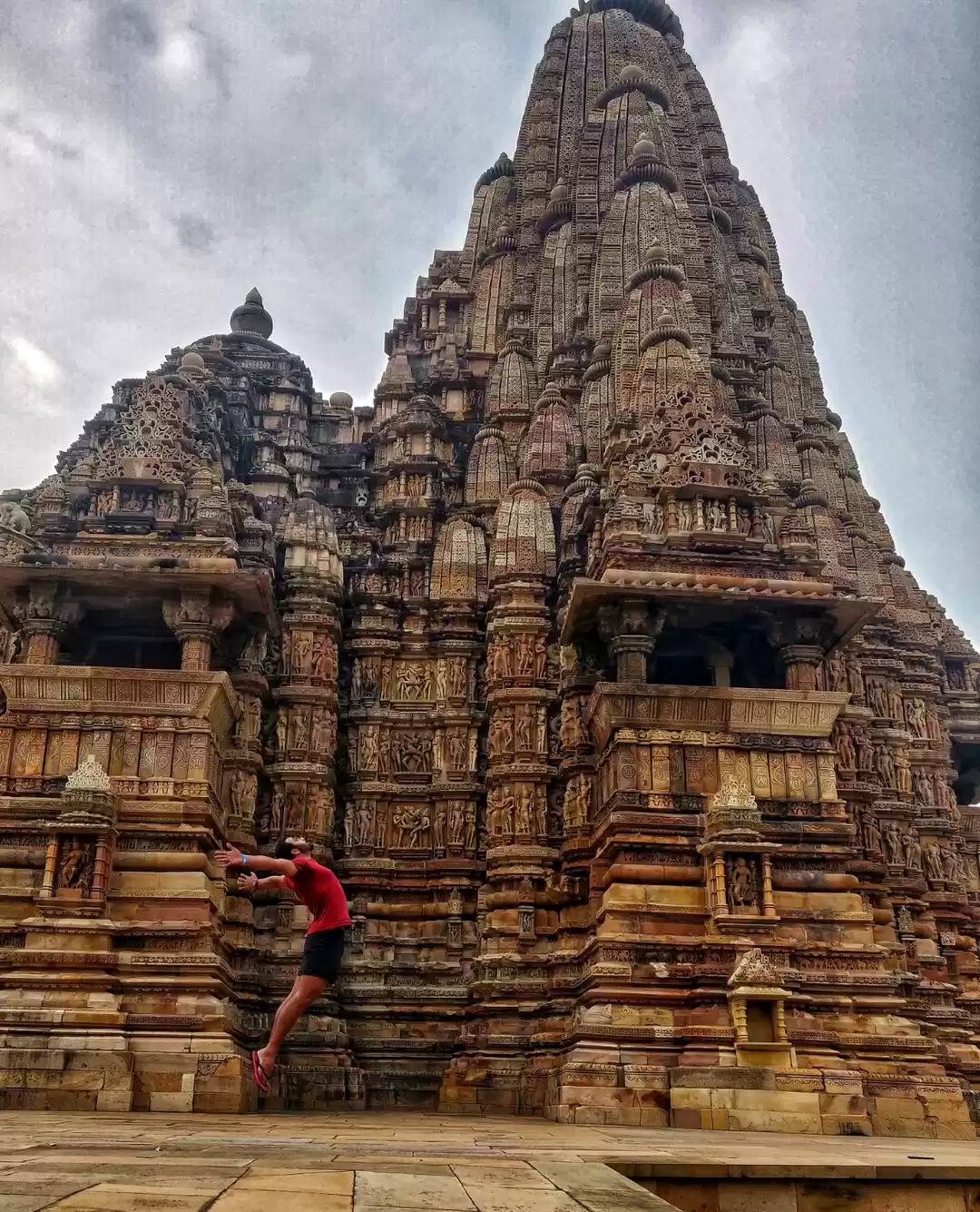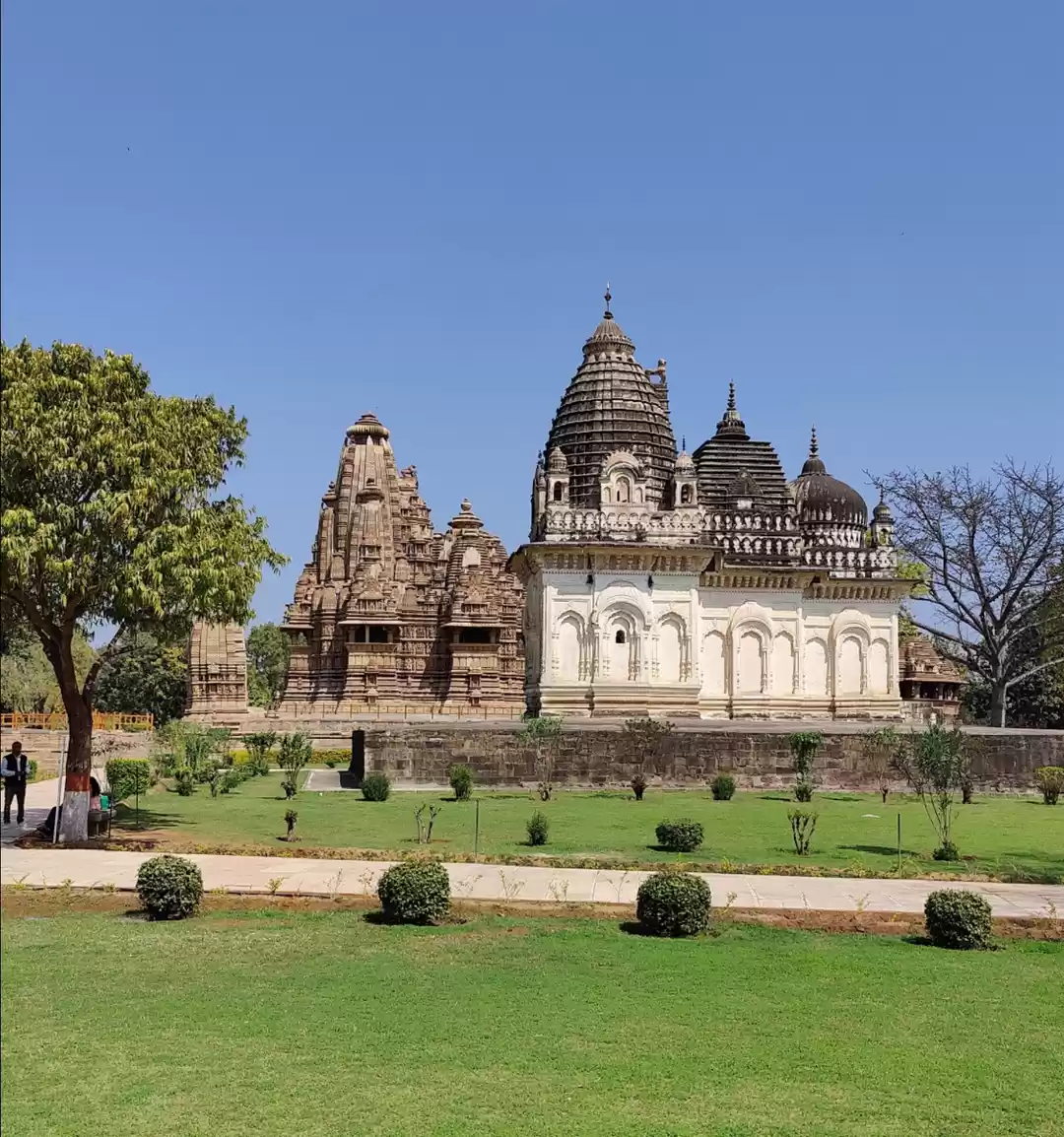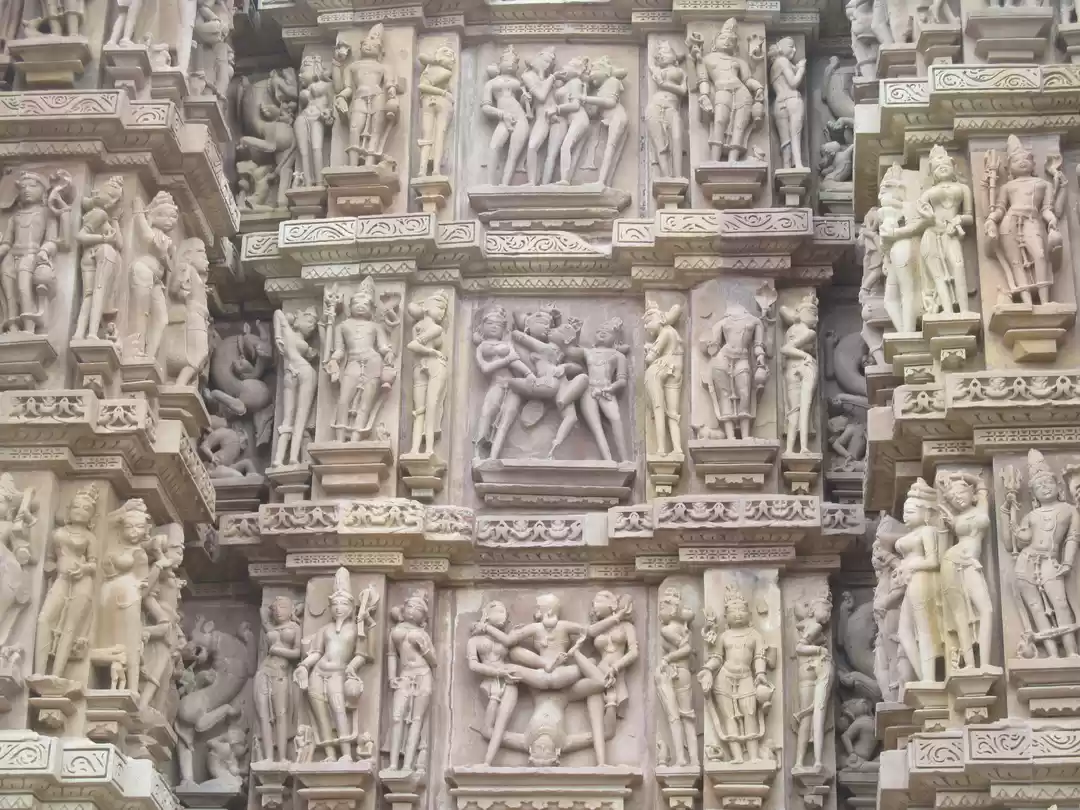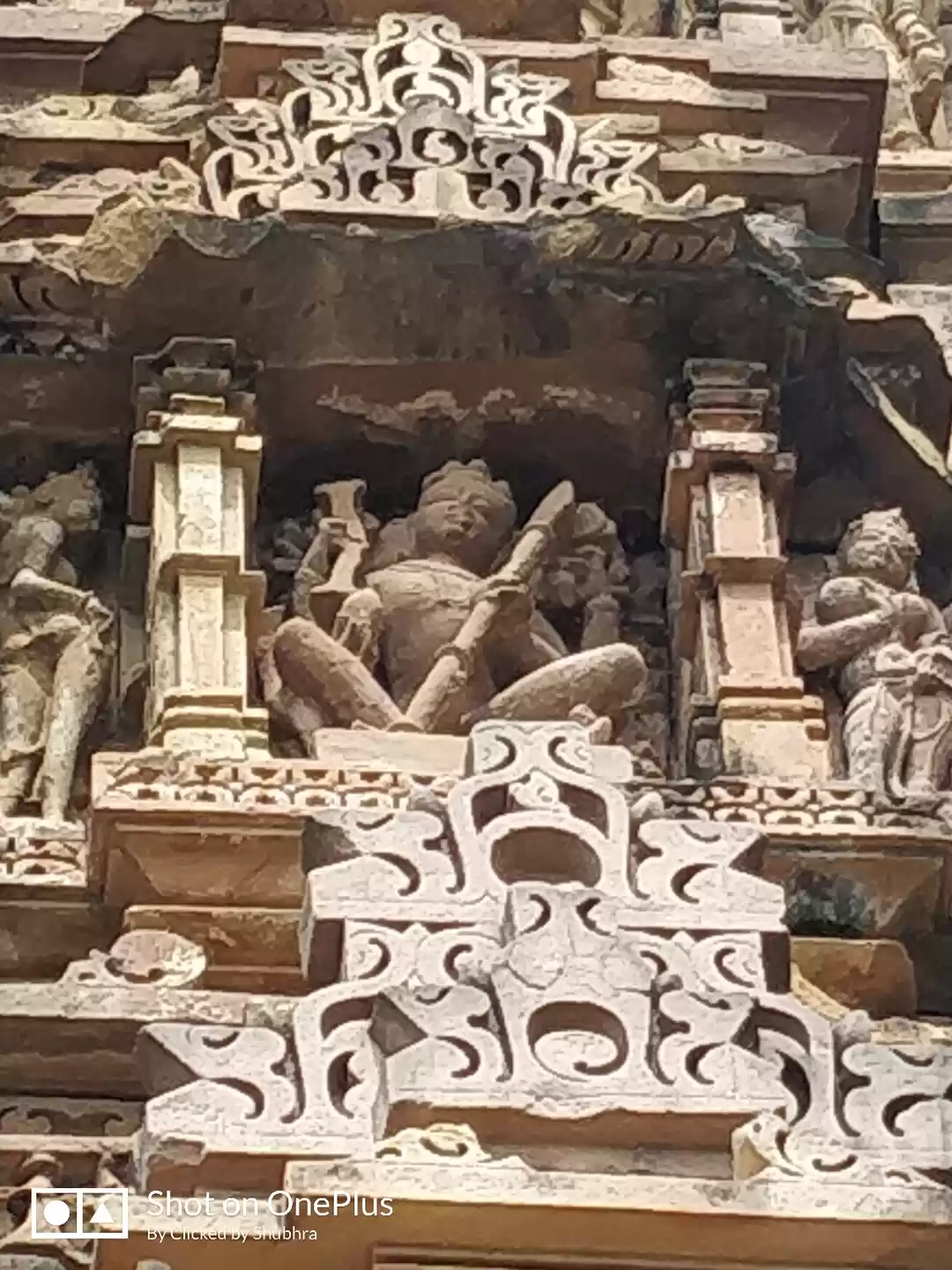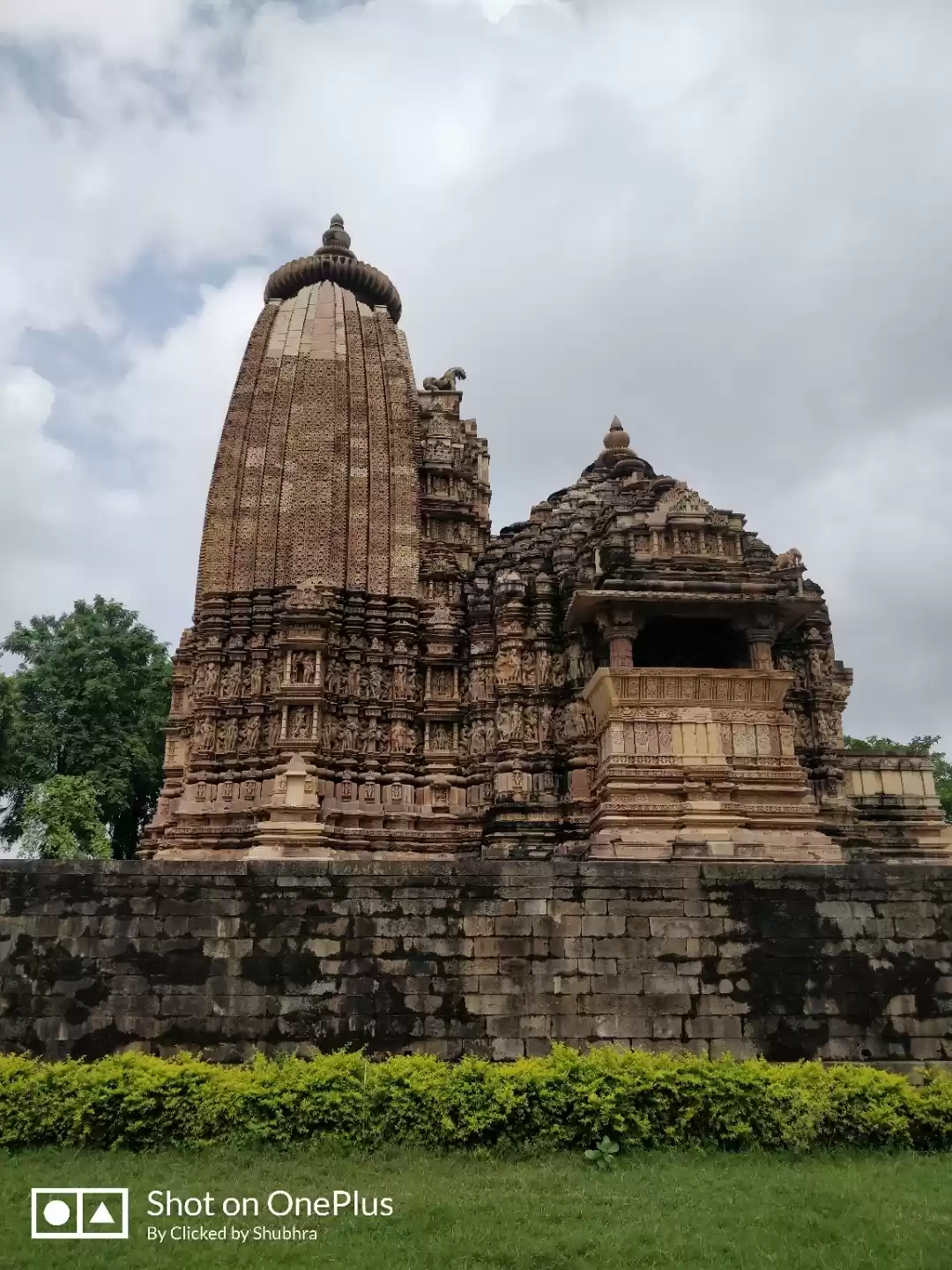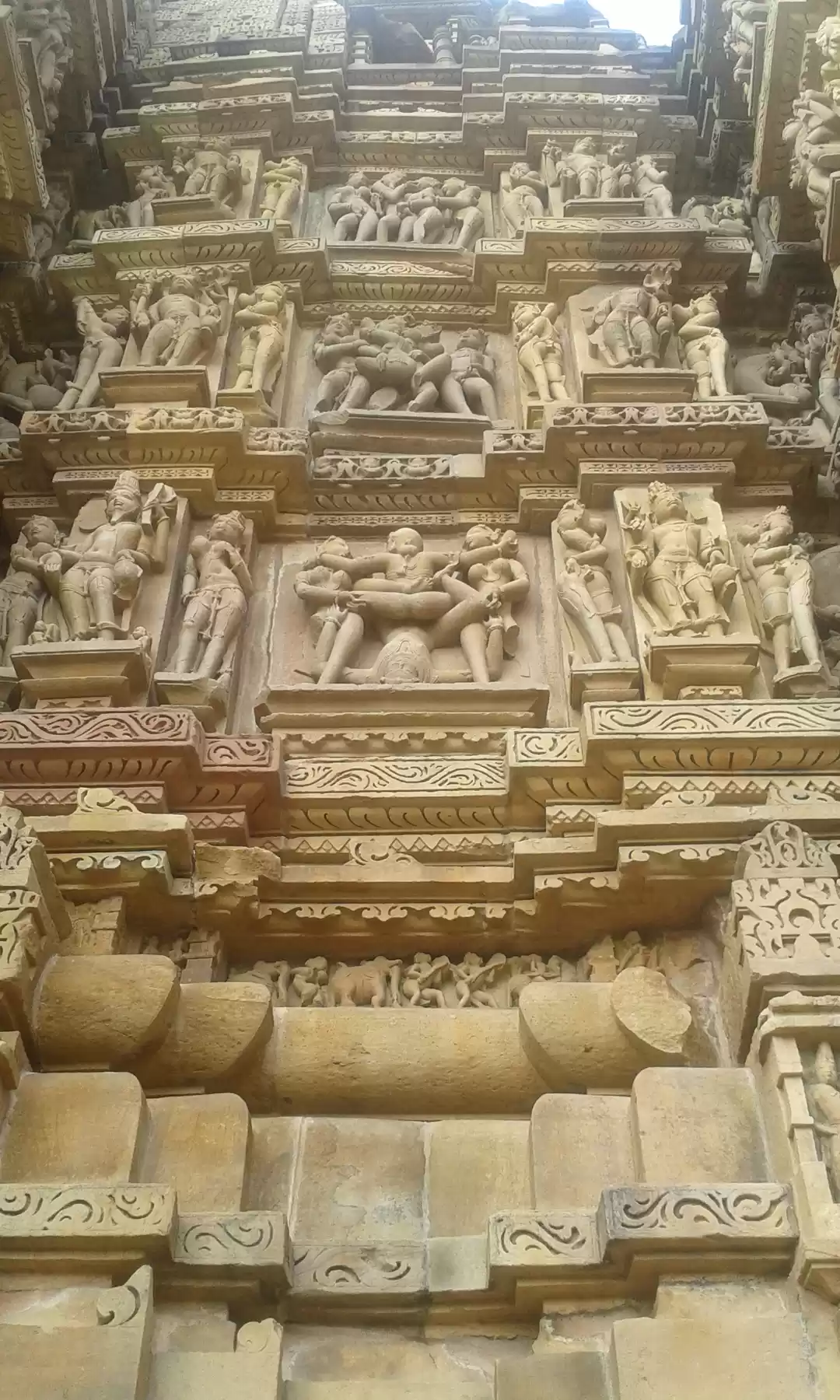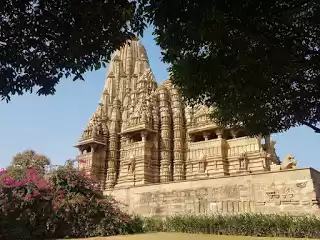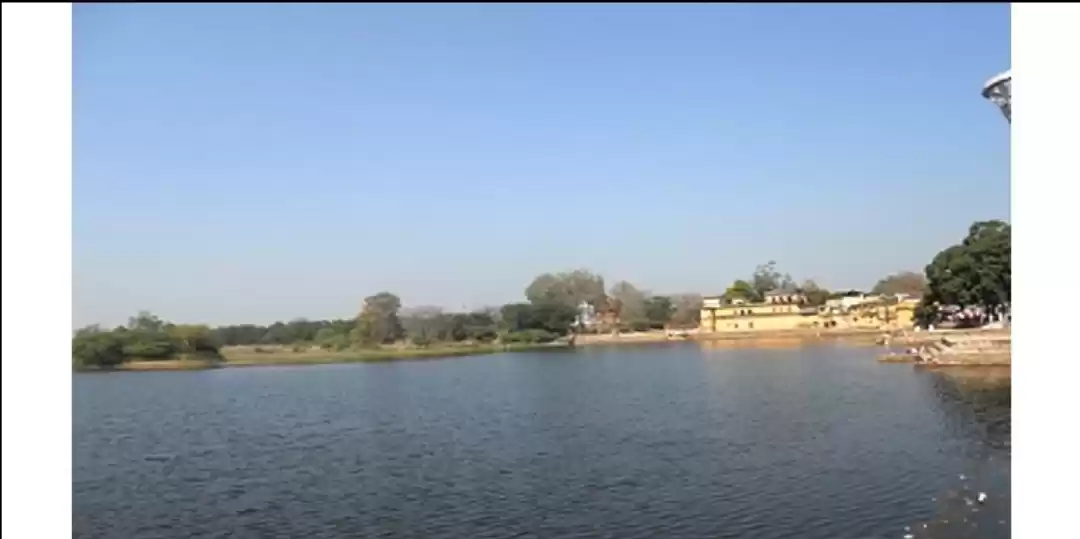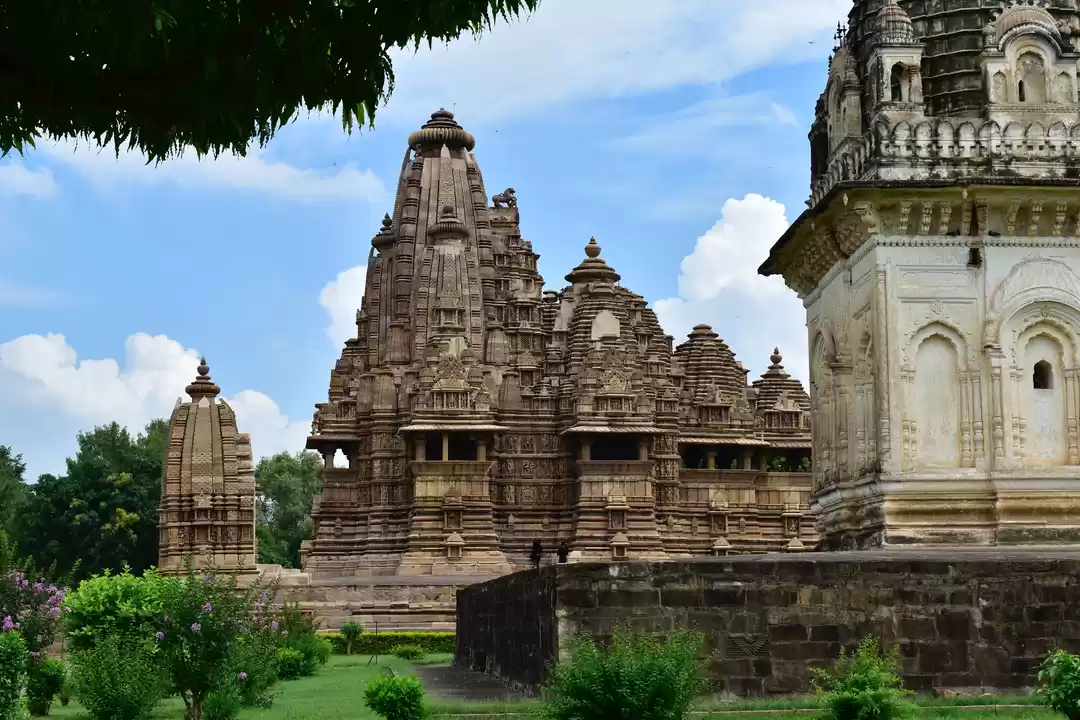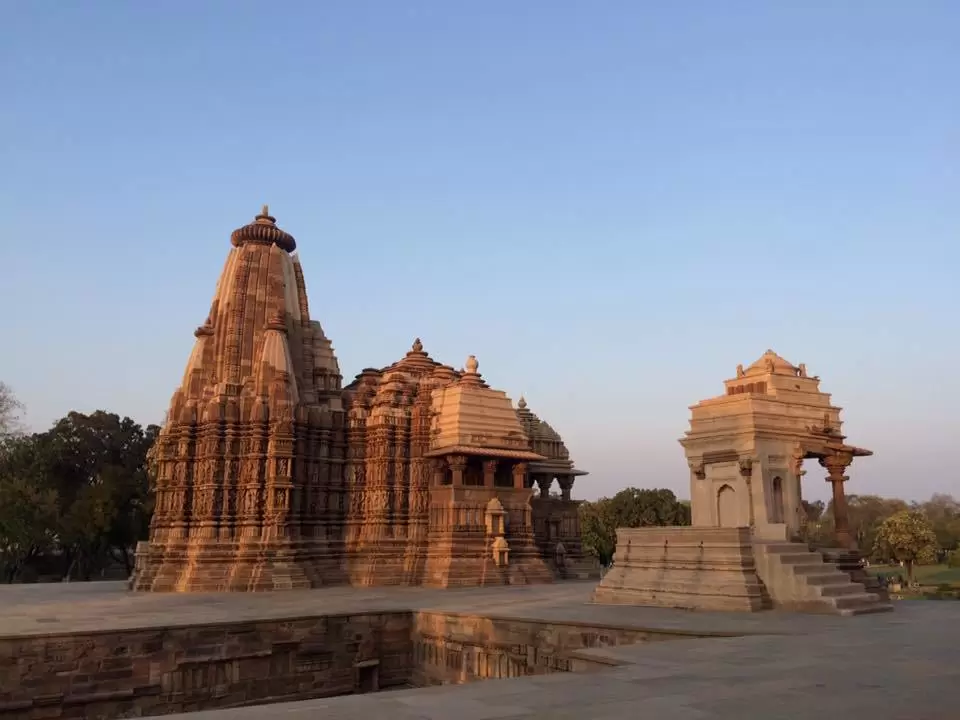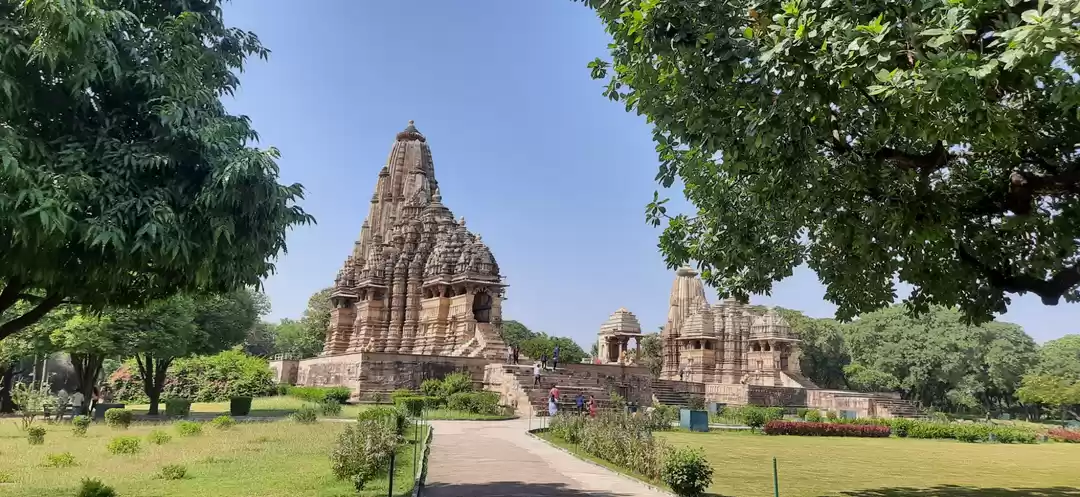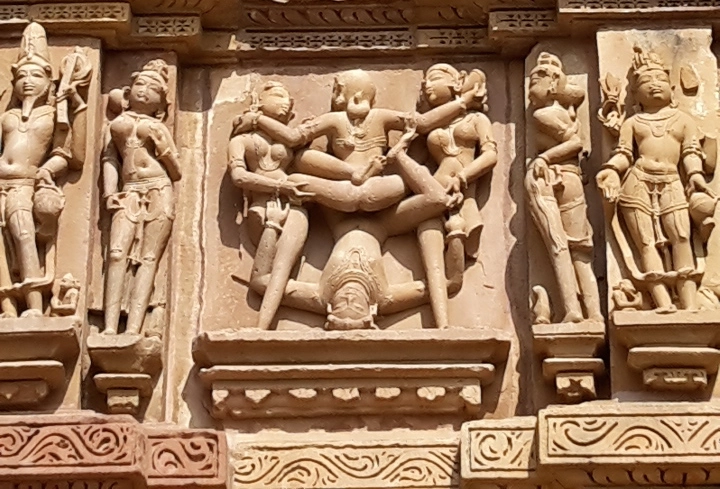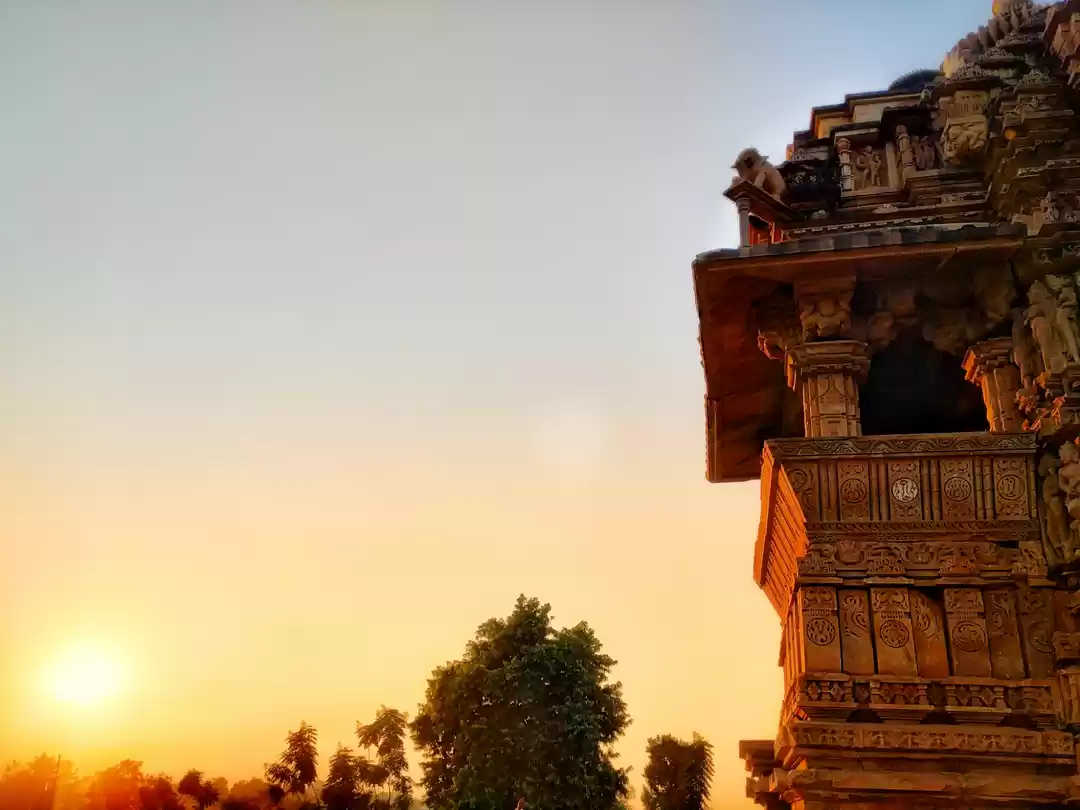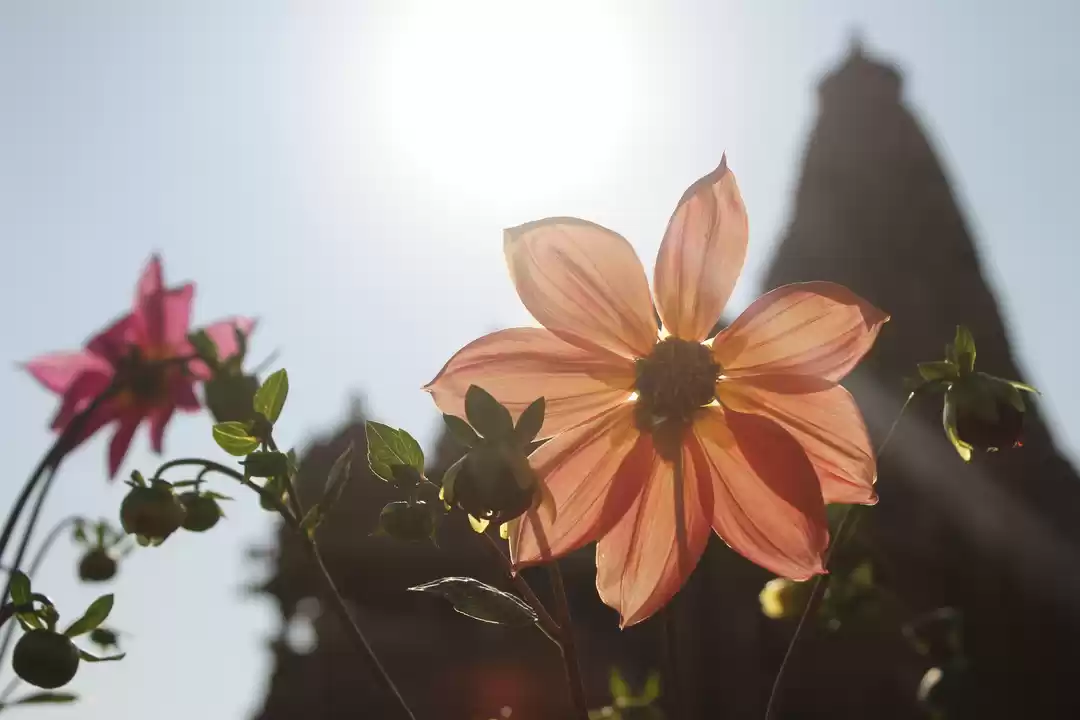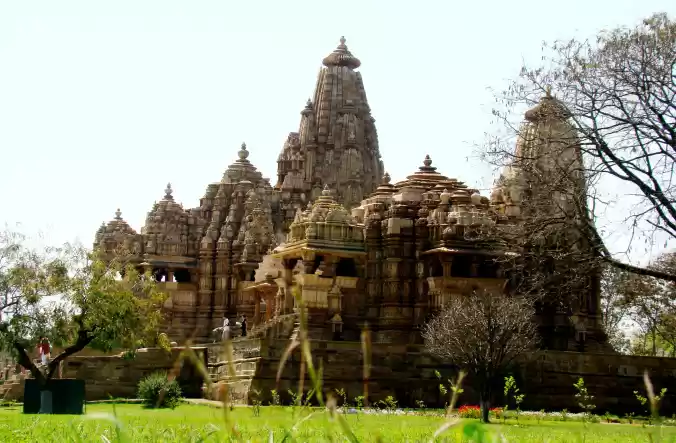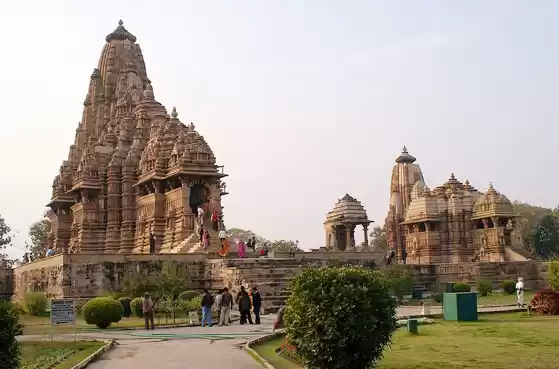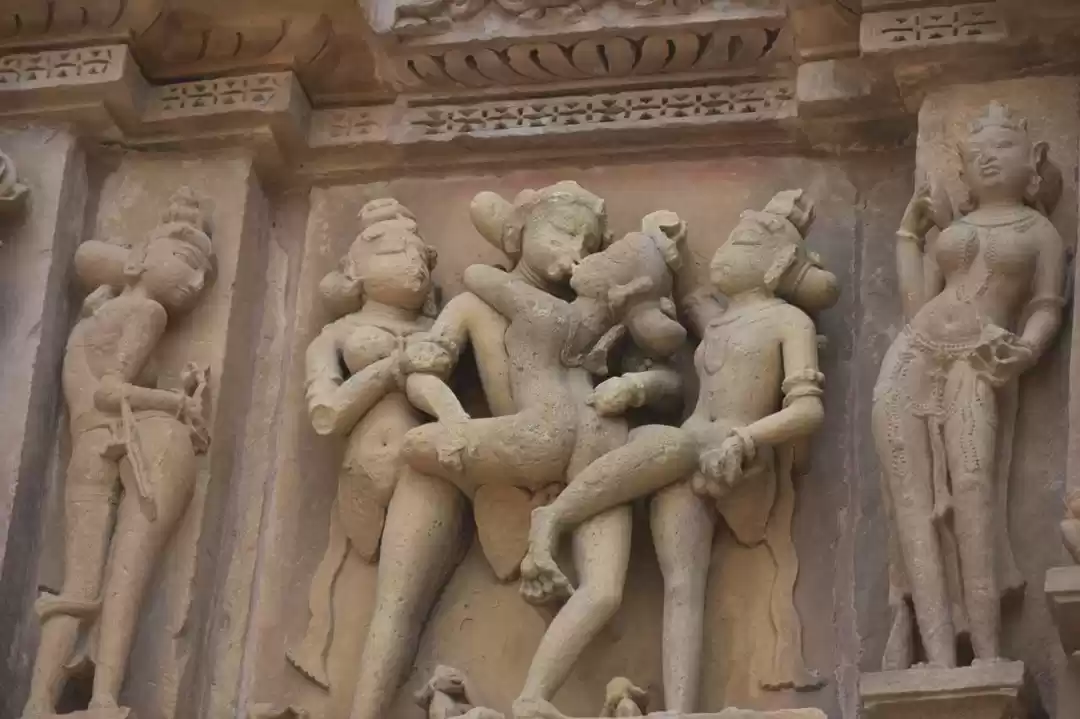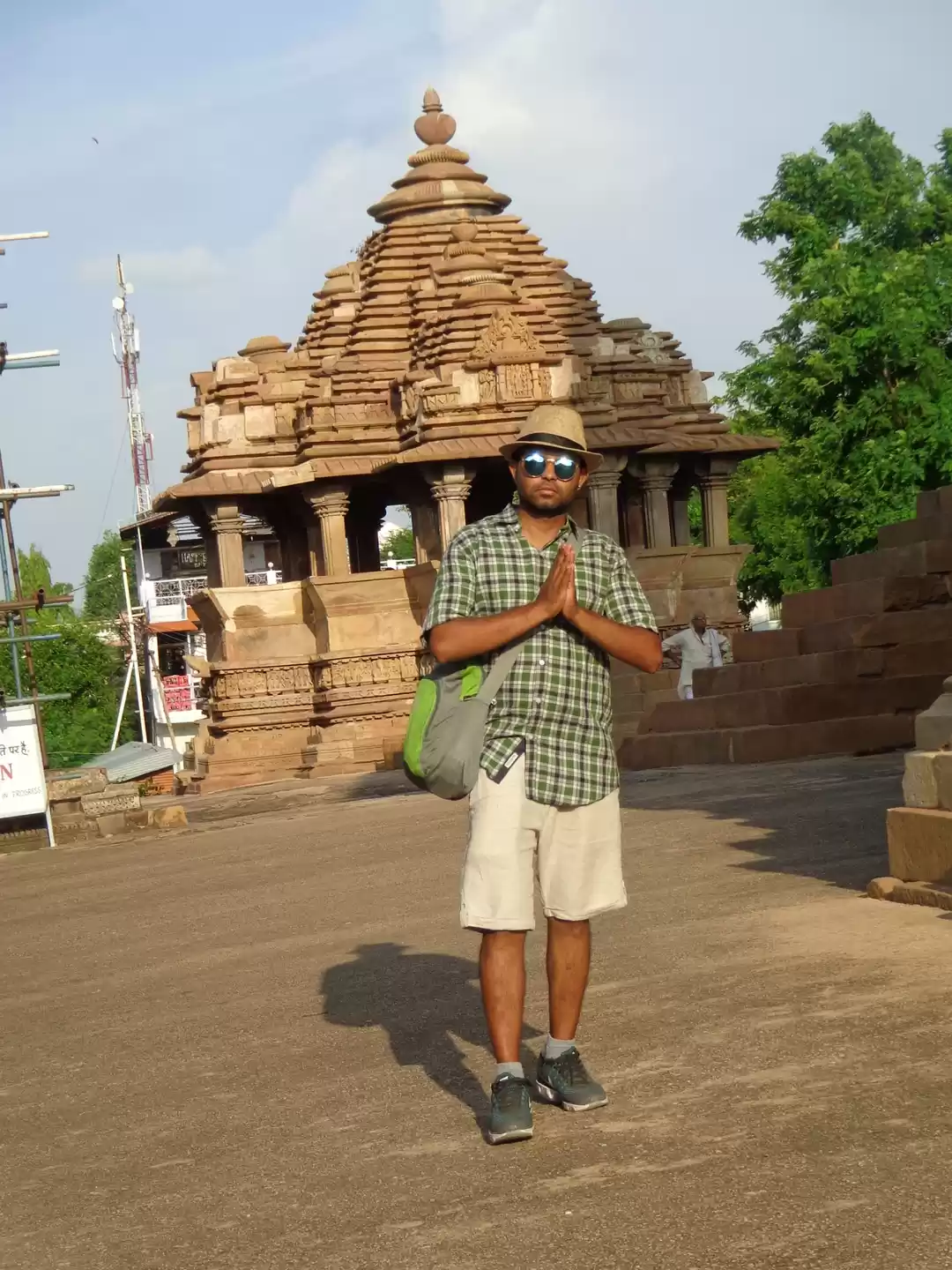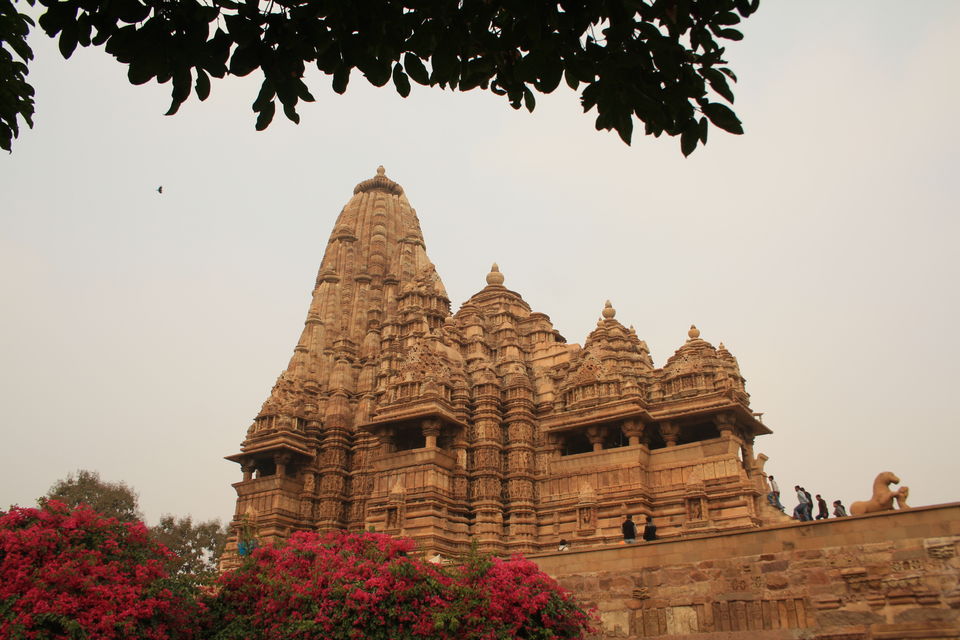

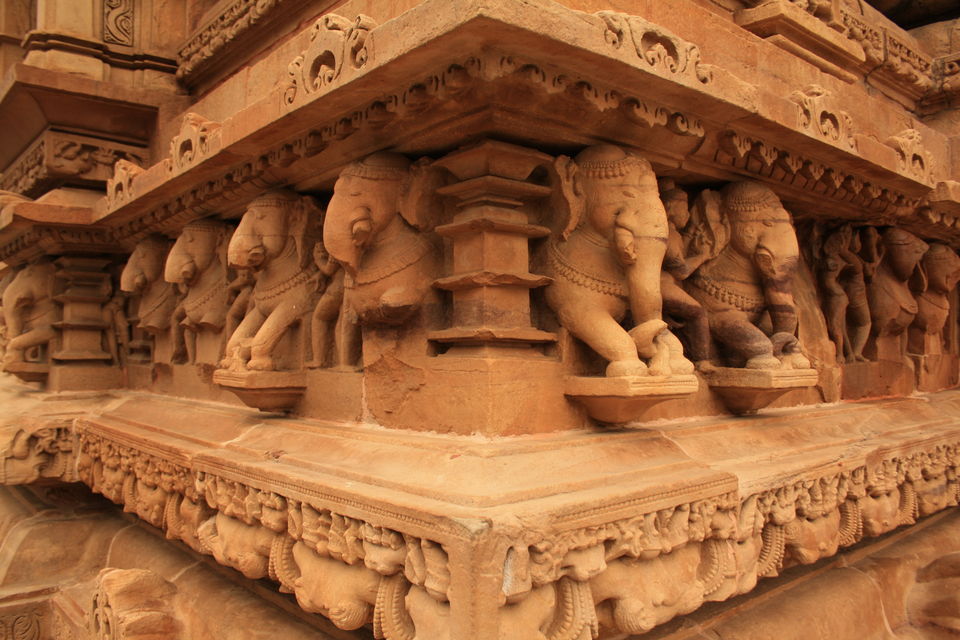
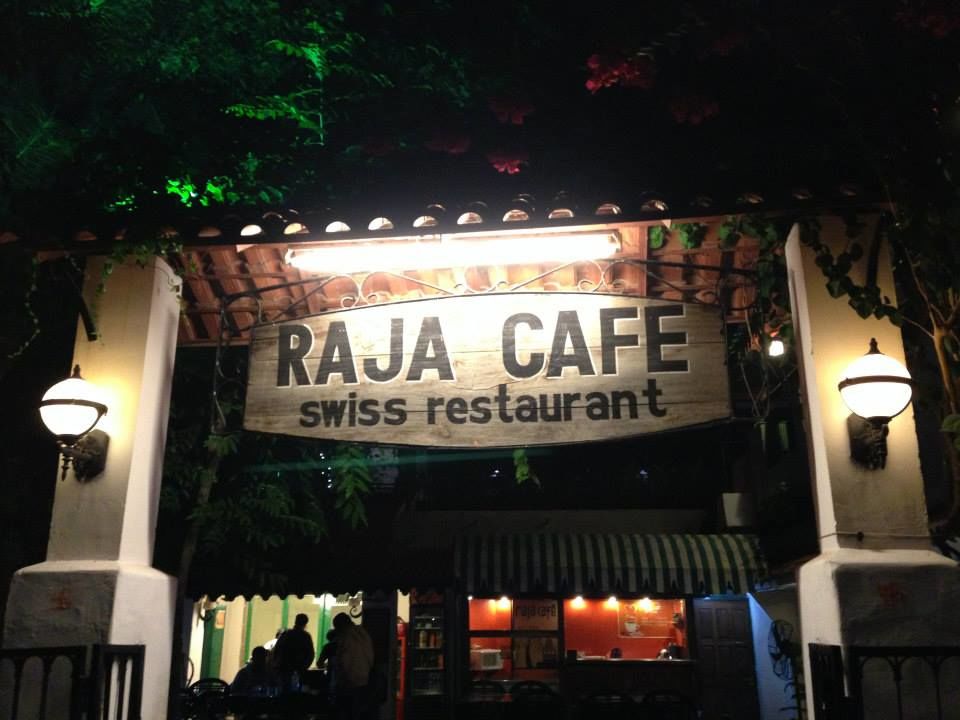

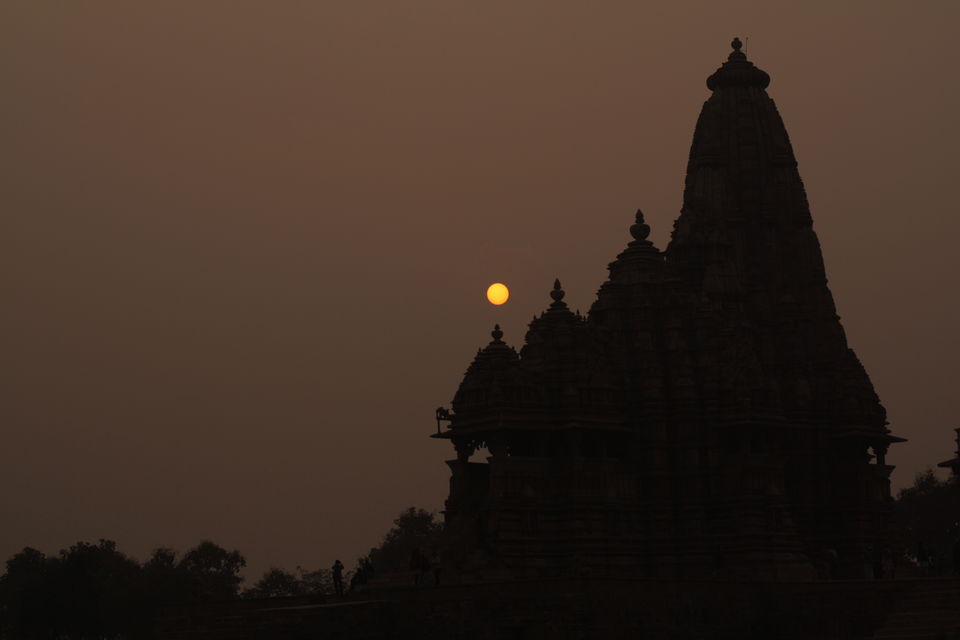

I was welcomed by a bright sunny day as I landed at ‘Khajuraho’ airport, a pleasant break from the cold foggy mornings of Delhi in December. I had planned a weekend trip to this quaint small town situated in ‘Madhya Pradesh’ (central India) to visit the famous ‘Khajuraho’ temples.
I love small towns – the airports are quieter and one does not have to hop between conveyor belts to trace luggage. The traffic is less and distances are short and I realised this when I reached my hotel – ‘Radisson’ within a drive of few minutes from the airport. After a fast check-in, I was delighted to see my spacious room whose balcony opened towards the sprawling lawns which housed the swimming pool. The well-manicured lawns had beautiful landscaping and I decided to head to the tables near the pool for lunch. After a hearty north-Indian lunch and some chilled beer, it was time to doze off.
In the evening, I decided to visit ‘Raja’ cafe. Rightly known for its amazing location, it is situated just across the road outside the western group of ‘Khajuraho’ temples. It offered the perfect view of temples from its terrace seating. I ordered some tea and ‘pakoras’ and enjoyed the nippy winter air as I glanced at the magnificent temples.
Next morning, the air was a bit misty and I couldn’t wait to see these ancient temples in the backdrop of the haze. After a sumptuous breakfast buffet at the hotel, I reached the temple complex quite early in the morning as the hotel was situated just minutes away from the temples. The grand temples, a UNESCO world heritage site, were built by the ‘Chandela’ rulers between AD 900 and 1130. The temple complex is grouped into three geographical divisions: western, eastern and southern of which the western group is the most prominent. I started my tour of the western group of temples with the help of a guide.
Of the 85 temples which were originally constructed, only 22 remain spread over an area of about 6 square kilometres. The temples are made of sandstone, with a granite foundation that is concealed from view. Primarily dedicated to Indian gods ‘Shiva’, ‘Vishnu’ and ‘Ganesha’, these temples are reminiscent of the advanced knowledge of architecture and craftsmanship which existed during that era. The stones used for construction were carefully interlocked to maintain balance and no mortar was used. One of the temple shrines I visited housed the statue of a deity which was placed in a manner that sunlight from the walls would constantly fall on the face of the deity, irrespective of the time of the day.
The carvings on the temples depict the daily routine activities of the people of medieval era from playing musical instruments and dancing to giant elephants marching as part of battleships; women applying make-up and knotting their hair to men courting their female partners. Contrary to the popular belief, erotic art constitutes only 10% of the temple sculptures.
As explained by my guide, there are various schools of thought behind the rationale for depiction of erotic themes in the carvings. One of them state that this is part of Hindu tradition of treating ‘kama’ as an essential part of human life and hence its symbolic display is common in Hindu temples. The other anecdote states that the ‘Chandela’ rulers worried by the scholarly bent of mind of people during that era and a dwindling population found ways to attract people’s attention to erotic art through depiction in temples. The attention to detail in the sculptures is overwhelming from contoured bodies to intricate beads of jewellery to vivid facial expressions suggesting varied moods of human beings and animals.
Tired after all the walking, I decided to sit on a bench in the adjoining lawns. The temple complex is very neat and clean and well maintained. As the evening set in, I revelled the sight of the orange sun descending behind the artistically contoured temples. Soon, it was time for the evening light and sound show organised by the tourism department. I had got all excited to hear the voice of ‘Amitabh Bachchan’ who narrates the history of these temples in the beautifully synchronised show.
After the show, it was time for dinner and I headed to ‘Mediterraneo’, a European style restaurant situated within a bustling market area. The candlelit dinner was served on the terrace and I relished every bit of the Italian cuisine served – the wine, minestrone soup, home-made pasta and the best of all, a delectable ‘Tiramisu’.
I was ready to head back home the next day after my short stopover in this quiet and sleepy town which gave me lots to learn about Indian medieval history amidst a modern setup and glimpses of multi-culturalism driven by flourishing tourism.
Khajuraho offers a perfect combination of art and culture of medieval India amidst today's modern set-up characterised by a small multi-cultural city centre full of tourists and multiple cafes selling varied cuisine. All this makes it a perfect stop-over for a long weekend from Delhi
Frequent Searches Leading To This Page:-
one day trip to khajuraho, khajuraho temple in madhya pradesh, about khajuraho temple in madhya pradesh, khajuraho madhya pradesh temple, places to visit in khajuraho madhya pradesh


